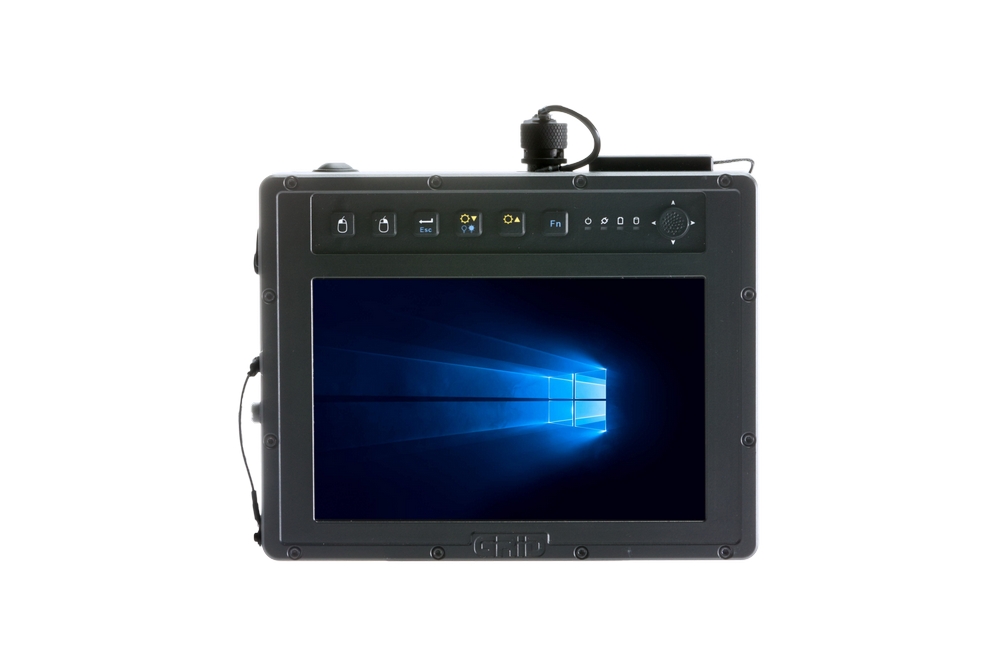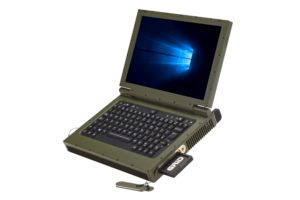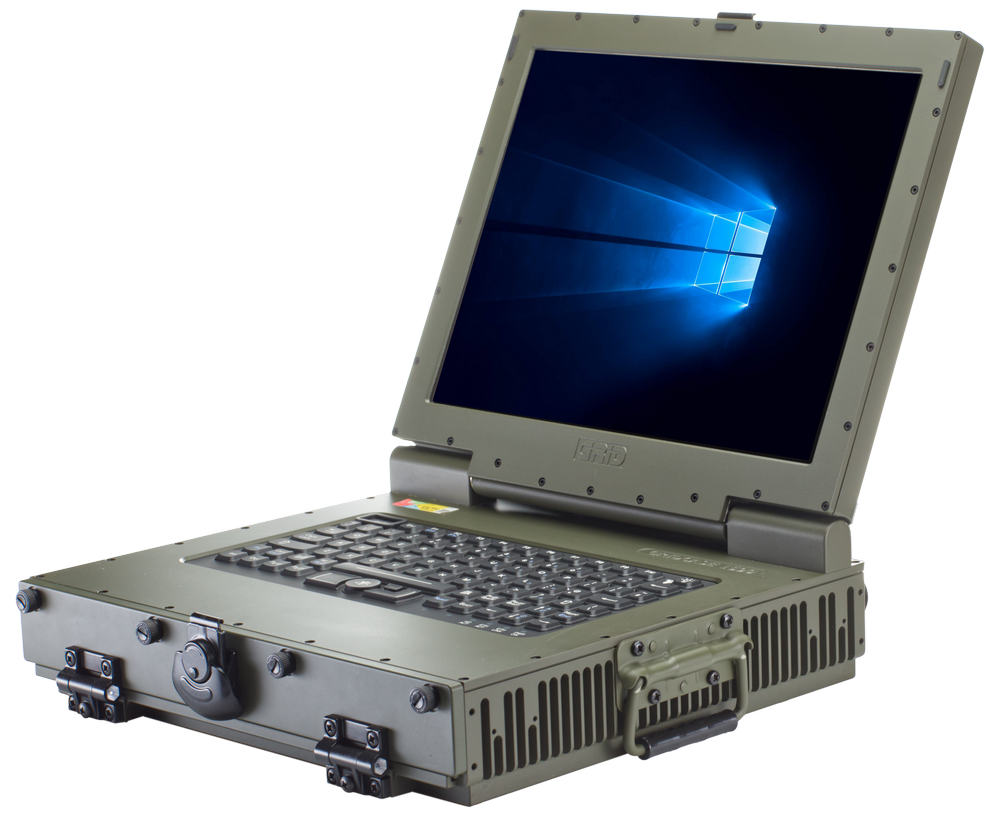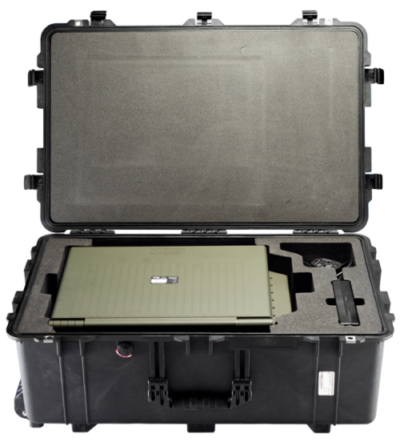Now that is a pretty open-ended question with quite honestly an unfathomable number of potential responses. I might as well have just asked what the best way to play the air guitar is (it’s jumping off your sofa listening to Van Halen, obviously). However, there are ways that we can help narrow it down a little bit or at the very least, give you some pointers to help you with your search for the right device.
This first comment may seem a bit redundant but you’d be surprised by how many people go into a purchase all gung-ho without doing the appropriate research into what it is they actually need, instead of just choosing something that looks good or is the first product they come across on Google. Before you make any decision, you need to know what the required uses are for it, what your budget is and what tech and capabilities the device needs to have.
A few things to note in general. If you have complex requirements that require a lot of different interfaces and connectors then you will have to look at more powerful and typically more expensive devices that require a bigger budget. For example, a device that is designed for answering emails or performing basic tasks out in the field is not going to be suitable as a data bus platform analysing flight data from an aircraft. At least, not using the same configuration or internal specification.
Once you have those sorted out, it’s much easier to make an informed decision when you’re looking through the vast number of options that the internet is going to throw at you.
For simplicities sake, we’re going to split the entire laptop/tablet market up into three brackets, with screen size being the deciding factor:
Small Screens – Up to 7”
Medium Screens – from 7.1” up to 13.5”
Large Screens – From 13.6” and up
It’s very easy to look at the huge variety of laptops and tablets available across the market and think that each device will do similar things or perform in a similar way. Although that may be partially true with standard devices designed for your average consumer, when it comes to Rugged Devices and more importantly, their requirements, the difference is quite substantial. So, let’s break it down a bit and run through some of the more notable advantages and disadvantages of each screen size category, using our own devices as examples. (If you’re interested you can check out our entire GRiD product range here and see the differences we’re talking about for yourself).
Small Screens – Up to 7”
Due to their size, these devices are naturally going to be the most portable. They are small, lightweight and compact devices that can fit almost anywhere, making them the perfect option for soldiers to use on the move. With portability, however, comes the downside of not being as capable as their larger counterparts in terms of power and performance and when it comes to internal expansion and interface options.
At GRiD, we use full versions of Microsoft Windows and Linux as operating systems in our small screen devices but that is not a common theme among most providers of portable Hand-held Rugged Laptops and Tablets. More often than not you will find yourself using a version of Windows or Linux OS that has been adapted to suit smaller devices or tablets, which depending on your requirement, may create problems for your end users as they will not have access to everything that they need.

GRiDCASE 2510
Devices with smaller screens are best suited for situations where the end-user is going to be on the move or needs to be able to quickly access the device without having to worry about the time it takes to locate, access and set it up ready for use. The main advantage comes from their ability to be used anywhere and more often than not, their smaller volume becomes a huge benefit as they are ideal in situations where space is limited such as the interior of a jet aircraft or in the pocket of a soldier.
Typically, smaller devices are going to be the most budget-friendly options due to the reduced costs of materials and cost/ time to manufacture. So, if the price is the deciding factor above anything else, you might want to consider sticking to the smaller end of the Rugged Device market.
Our Rugged Small Screen devices are the GRiDCASE 1510 Laptop and the GRiDCASE 2510, GRiDCASE 2505 and GRIDCASE 2507 Tablets. All providing a full Windows or Linux Operating System in a lightweight and easily portable device.
Medium Screens – from 7.1” up to 13.5”
If you find that small screens are too small for your particular application then you might want to consider a device that falls into this category.

GRiDCASE 1513 with Removable SSD
So, what do you get with the increased screen size? Devices within this category typically provide the best balance between power capabilities, features and portability. Apart from some potential outliers, even outside of GRID, you should expect full versions of any operating system present in your device as well as more space internally for additional interfaces and more options for connector types. Meaning that not only can you do more with the device configuration but you will have increased flexibility when it comes to connecting the device to other hardware. Based on the end-user requirement, this is going to be an important feature, as devices in this category can more easily be integrated as part of a larger system without having to make any concessions or changes to the existing hardware.
At this size, devices need a bit more consideration on how they are transported or where they are stored. They should pose no problem fitting in the average Bergen but consideration will need to be placed on the amount of overall space they take up. Unfortunately, once you move past the ‘Small Screen size’ options, you won’t be putting any of these mid-large devices in your side pocket. The good news however is that with the increased size, the suitability for use within vehicles increases. The larger display is going to be easier to read and the likelihood of ‘misclicks happening while the vehicle is on the move severely decreases. An important thing to consider if the devices are being used in a tracked vehicle traversing what is most likely going to be less than stellar terrain.
Some of our more notable Medium Screen devices are the GRiDCASE 1513 13.3” Laptop and the GRiDCASE 2530 10” Tablet. They provide a healthy balance of portability and functionality, with the ability to house custom interfaces and connectors. In both instances, up to 3 x MiniPCIe Cards can be integrated.
Large Screens – From 13.6” and up

GRiDCASE 1590 With Easy Carry Handles
If you want a rugged device that’s all singing and dancing, capable of running even the most complex software, then you will want a device that falls into this top category. Laptops and Tablets that fall into this category are going to provide you with the largest number of options by a long way. With larger screens (we currently provide displays up to 19”) you are not going to be limited by either the resolution or the size of the display. This means that more detail orientated software, such as command control mapping or 3D navigation software, can be used without having a wildly inaccurate scale, which can undoubtedly cause potential errors.
With a larger display, naturally, a larger casing is necessary to house it, which means you can fill it with a lot more hardware and expansion. It makes sense then that these larger devices are generally the most powerful and provide the most functionality. With more real estate on, as well as in, the device for additional connectors and interfaces you can almost guarantee that you will get more uses out of these large devices than any other sized screens. These devices are suitable for Command Control locations, in-vehicle, as Ground Support Equipment for Aircraft, RIB/Small Boat Navigation units or as controllers for servers in larger platforms such as ships and submarines.

GRiDCASE 1595 in customised Hard Carry Case
The downside of larger devices is that they are more often than not heavier and less portable than devices that would fall into either of the previous two categories. The trade-off here is that you are getting a highly capable device that can do almost anything but you have to carry it around in its own carry case rather than your back pocket or Bergen. Depending on the particular use, transportation will likely be in a hard transport case to protect it from unintended damage whilst on the move. All things considered, the trade-off is worth it, but you do need to think about how the end-user (whether that is you or someone else) will best transport the device from location to location.
Our large screen devices include the GRiDCASE 2515, a 15” Rugged Tablet, the GRiDCASE 1590, a 15” Rugged Laptop and the GRiDCASE 1595, a 17” or 19” Rugged Laptop. With our large screen devices comes unique features such as dual Encrypted or non-encrypted SSDs, built-in iButton Readers and a choice of multiple expansion Cards from PCI or PCIe interfacing with any rear panel connectors you require. Another thing to consider is the budget. As is the case with (almost) anything, bigger is generally more expensive. If you are considering large, high end rugged devices then you will need a suitable budget to match the requirements.
So, what is the best screen size for the Military?
Well, that still depends entirely on your project requirements as there is never going to be a ‘one size fits all’ display. Every project is different and its requirements are unique, but there are general guidelines that you can follow to make the selection process a whole lot easier. When doing your research, you need to know:
- What is it going to be used for?
- What is your budget?
- What features do you need?
- How is it going to be transported?
Once you have got those questions answered, you will find that you will have crossed out two of the above screen size categories, making your search a lot simpler.
If you are still unsure of what is going to be the best choice to fit your application or just want someone to take the stress off of you, give one of our team a nudge and they will happily help you out. You can reach them via phone at +44 (0)1628 810 230 or if you prefer via email at sales@griduk.com.

